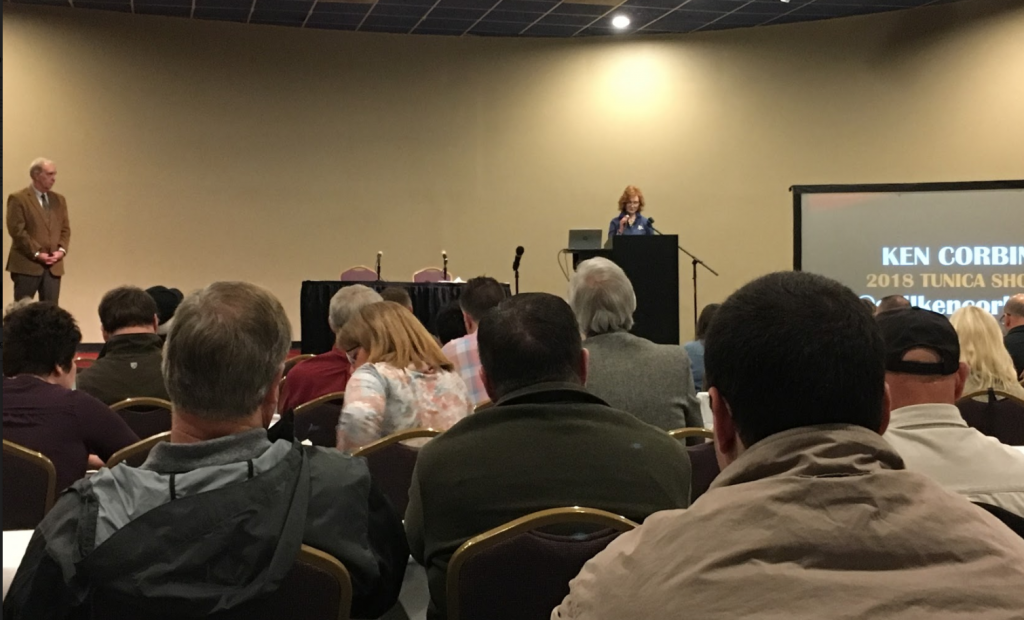Selling Homes Starts with a Great Introduction
“People don’t ask for facts in making up their minds. They would rather have one good, soul-satisfying emotion than a dozen facts.”
— Robert Keith Leavitt, author and educator
As we begin this series, let me stress the importance of being yourself. I’ll be giving numerous ideas you can use; but not all of them will work with your personality.
We’ll start with the initial introduction and, as you read, you will find unique and resourceful techniques to build on.
Selling homes starts with a great sales introduction. It’s the first impressions that professional salespeople want to give their customers, before the selling process begins.
The items we cover in this series will give you the training that leads to success. Think of this guide (and how you can add it to your sales role) so you can increase your income and develop your professional housing career.
Here’s a proven sales tip on how to move homes: Make sure you can present a confident introduction to start the sales meeting with a potential homeowner. You’ll find out how to build your stunning sales introduction for selling homes.
The Introduction Helps Sell Homes
 This stage of the sales process is the most important part of meeting with customers.
This stage of the sales process is the most important part of meeting with customers.
Learn how to do it well and you will close more home sales. As you grasp this training you’ll earn the most you can while enjoying a successful sales career in the manufactured and modular home industry.
I’ll share with you not only how to sell homes, but how to build relationships that lead to repeat business and referrals from customers.
You’ll enjoy meeting new customers as you start the sales process with a great introduction. There’s nothing more satisfying than selling more homes and earning more money in a market that rewards the very best.
It takes time for a customer to make decisions about buying a home; although they’ll decide about you within the first minutes of your introduction. Never forget, this will be a two-way street. You’ll also be making your own judgments about the customer based on your first impressions.
This is an important skill to learn. Sales depends upon the customer having a positive first impression of you and your company. I’ll be offering ideas for you to build an effective introduction that can have a positive influence their first impressions.
The Craft of Introducing Yourself
Do you use your first name and sound informal? Are you Mr., Mrs., or Miss and keep the greeting formal? Neither are right or wrong.
It’s important to choose a way to identify yourself and not just use it by accident. I’ve had the pleasure of working in different countries and cultures where there are expected ways to introduce yourself, and though sometime more subtle, the same principle applies here.
So, it’s important that you consciously decided how you will introduce yourself.
Ken or Kenneth. Angela or Angie. Robert or Bob or Robbie. If you use your first name, do you shorten it? Again, there is no right or wrong. Just be aware that shortening your name is more informal. It implies familiarity, and that’s great as long as the customer goes along with it.
Make a choice for the right reason and project the image you want.
Here’s something important to remember… whatever name you use MUST be identical to your business card. If I’m going to introduce myself as Ken Corbin, my business card is not going to say Kenneth Corbin.
Some good questions you might ask yourself:
- How formal should my greeting with customers to be?
- Would a more friendly, informal relationship be more effective?
- What do most of my customers expect?
The culture in the United States is rapidly changing with the influx of people from varying countries around the world; many of which are offended if you do not introduce yourself and treat them on a more formal basis. So, be aware of your customer, their age and how they approach you.
Constantly be listening with your ears and your eyes!

Bringing Sales Introductions Into Conscious Focus
Think about the reaction you want from your prospective homeowner. In those first minutes, what do you want them to be feeling, thinking, and reacting to?
Consciously decide now what reactions you want. Ensure they are relaxed, comfortable, focused on you, and see the environment as professional. Of course, you are positive about modular and manufactured homes and your company.
Insert no sales pressure, exhibit a trust in your knowledge, a trust in you as a person, a confidence when you’re talking… and most of all, that they like you.
Take a few minutes and write down your own list if you’re serious about standing out as a housing sales professional. Highlight the rewards your prospective homeowner will receive by working with you.
As time goes on, continue adding to the list, remember it and put it into practice as part of every sales presentation. It’s something that few people do in our industry and, of course, you’re always trying to differentiate yourself from the competition.
If I’m working in a community, the lifestyle we’re offering is essential to your customer. What makes us different? Why should they not only invest in our home, but consider living in our neighborhood?
When it comes to a community, not only must you have it set to memory, but reinforced with every piece of marketing material and literature you provide to the prospect. There’s three decisions this customer is needing to make:
- Do they want to buy?
- Do they want to buy your home?
- Do they want to live in your community?
Ken Corbin is an industry leader in helping communities & retailers sell more homes. He can be reached at ken@callkencorbin.com or (888) 823-4945. CallKenCorbin.com










